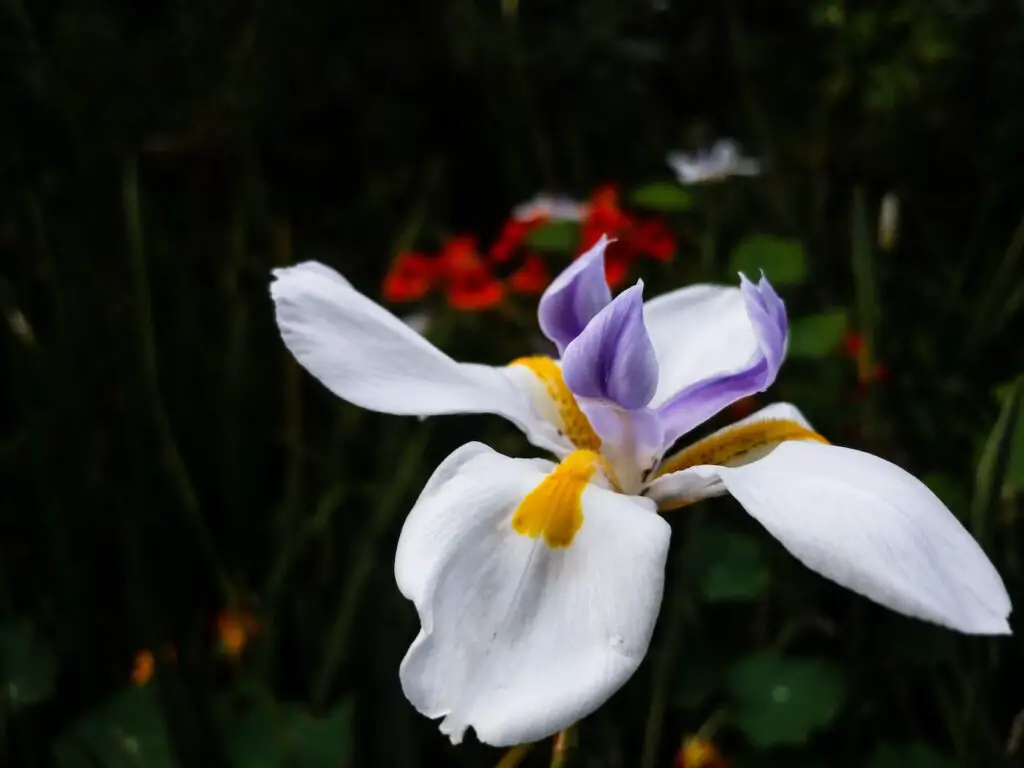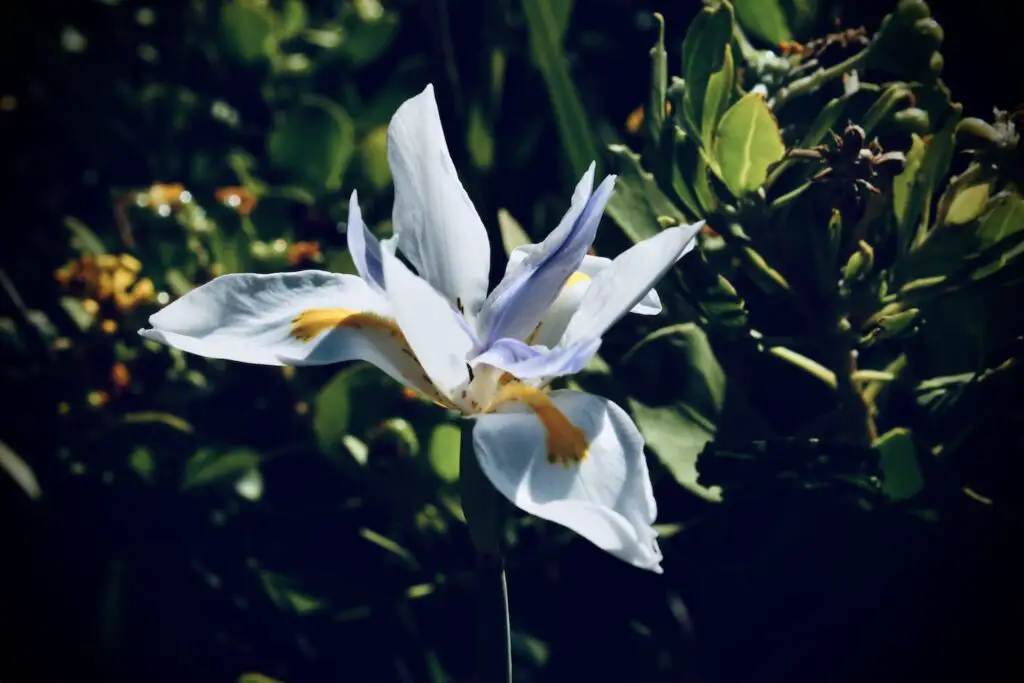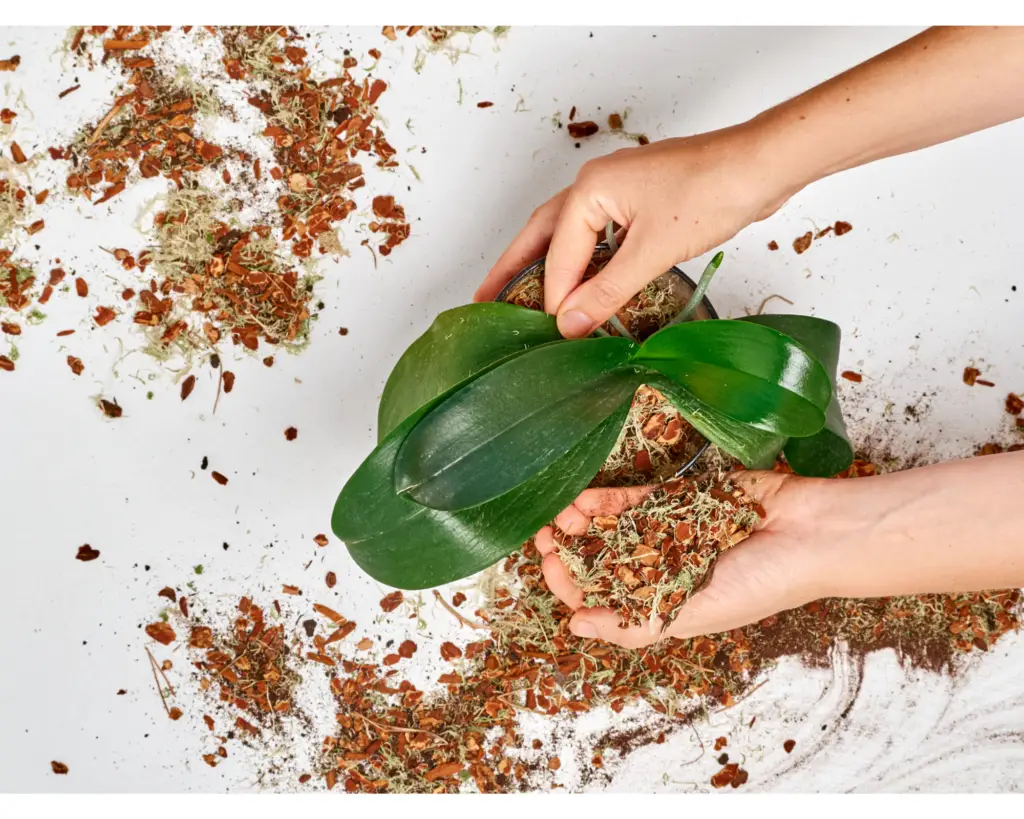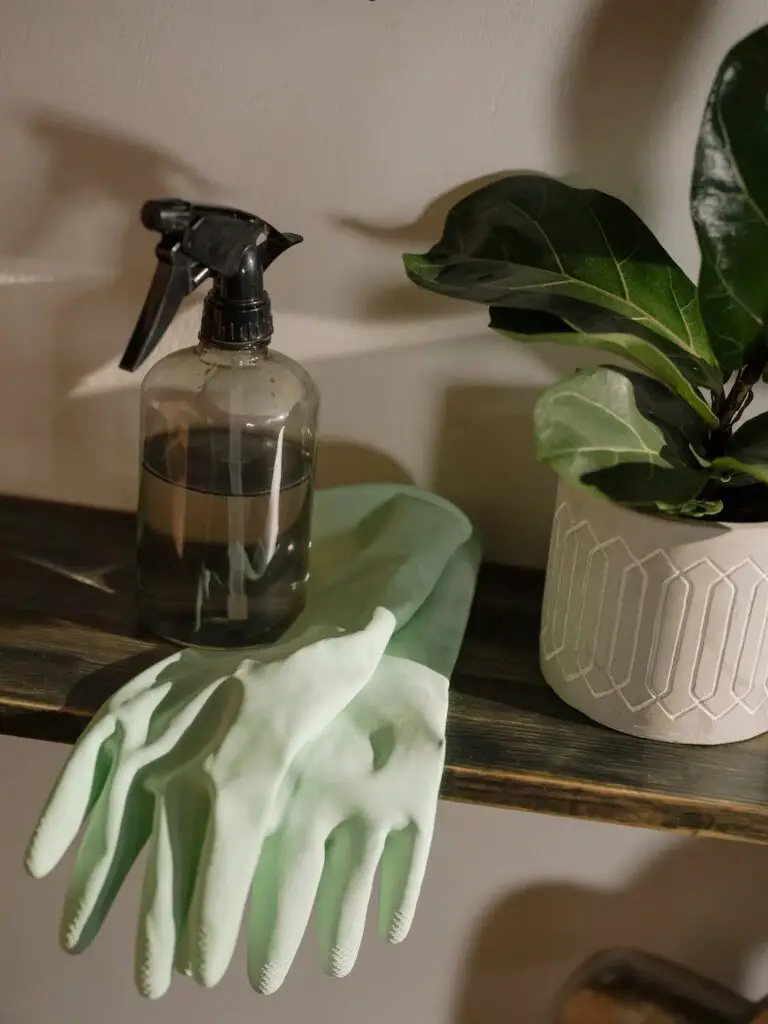African Iris (Dietes iridioides) is a perennial plant native to South Africa. It’s a member of the Iridaceae family, which includes other popular plants such as the iris, crocus, and gladiolus. The African Iris is a popular houseplant due to its striking appearance, low maintenance, and ability to adapt to a wide range of growing conditions. In this article, we will explore the African Iris as a houseplant, including its care requirements, propagation methods, and benefits.
Table of Contents
Appearance
The African Iris is a striking plant, with narrow, sword-shaped leaves that grow up to 4 feet tall (1.2 metres) in the wild but typically only reach around 2 feet (0.6 metres) in a pot. The leaves are evergreen, meaning they will stay green year-round, and have a glossy appearance. The plant produces large, white, and yellow flowers that bloom on long stalks above the leaves, similar to a miniature iris.


Benefits
Caring for an African Iris as a houseplant can have several benefits. Firstly, it is a low-maintenance plant that requires minimal effort to keep healthy, making it a great option for those who are new to gardening or have busy lifestyles. Secondly, the plant’s striking appearance adds a touch of natural beauty to any indoor space, making it a popular choice for decorating homes and offices. Finally, like other plants, the African Iris can help to purify the air by removing toxins and producing oxygen, which can have a positive impact on the health and well-being of those around it.
Care Requirements
Light and Temperature
African Iris plants thrive in bright, indirect light but can also tolerate lower light conditions. Place the plant near a window that receives morning or evening sun, or use artificial grow lights to provide additional light. Avoid placing the plant in direct sunlight, as this can scorch the leaves.
The African Iris prefers warm temperatures between 60 and 80 degrees Fahrenheit (15-27°C) but can tolerate cooler temperatures if necessary. Avoid placing the plant in drafty areas, such as near an open window or air conditioning vent, as this can cause the plant to suffer.
Watering and Humidity
Water the African Iris when the soil feels dry to the touch. This will typically be once a week, but the frequency will depend on the temperature, humidity, and light conditions in your home. Use a watering can to pour water directly into the soil, taking care not to wet the leaves or flowers. Allow any excess water to drain away, as standing water can cause root rot.
The African Iris prefers high humidity but can adapt to lower humidity levels. If your home is particularly dry, you can use a humidifier or place a tray of water near the plant to increase the humidity.
Soil and Fertiliser
The African Iris prefers well-draining soil that is rich in organic matter. You can use a general-purpose potting mix, or make your own by mixing equal parts peat moss, perlite, and vermiculite. Avoid using heavy clay soils, as these can retain too much moisture and cause root rot.
Feed the African Iris with a balanced, water-soluble fertiliser once a month during the growing season (spring and summer). Follow the instructions on the fertiliser package, taking care not to overfeed the plant. Stop fertilising in the fall (autumn) and winter when the plant goes dormant.
Propagation
The African Iris can be propagated through division or by seed.
Division
To propagate the African Iris through division, wait until the plant has finished blooming and has entered its dormant phase. Gently remove the plant from its pot and separate the rhizomes, which are underground stems that produce new growth. Each rhizome should have at least one healthy shoot and a healthy root system. Plant each rhizome in its own pot with fresh soil, water well, and place in a bright, indirect light location.
Seed
To propagate the African Iris by seed, collect the seed pods after the plant has finished blooming. The pods will turn brown and dry when they are ready to be harvested. Open the pods and remove the black, shiny seeds. Plant the seeds in a tray of moist potting soil, cover lightly with soil, and keep the tray in a warm, bright location. Keep the soil moist but not waterlogged, and the seeds should germinate within a few weeks.
Repotting an African Iris
Repotting an African Iris is important to maintain the plant’s health and encourage new growth. The best time to repot is in the spring or early summer when the plant is actively growing. Choose a pot that is one size larger than the current pot and has drainage holes. Gently remove the plant from its current pot and loosen any tangled roots. Place a layer of fresh potting soil in the bottom of the new pot, then add the plant and fill in with additional soil. Water the plant thoroughly and place it in a bright, indirect light location. Avoid fertilising for a few weeks after repotting to allow the plant to adjust to its new pot.


Pest management
African Iris is a relatively pest-resistant plant, but it can still fall victim to certain pests. Common pests that may affect African Iris include spider mites, mealybugs, and scale insects. To prevent these pests, keep the plant in a clean environment and avoid overwatering, which can create conditions for pests to thrive. If you notice signs of pests, such as webbing or sticky residue on the leaves, use a gentle insecticidal soap to treat the plant. Apply the soap according to the instructions on the product label, taking care not to overuse the product, which can harm the plant. Regularly inspecting the plant for signs of pests and taking prompt action can help to prevent damage and maintain the health of the African Iris.
Conclusion
The African Iris is a versatile and attractive plant that can thrive as a houseplant with minimal effort. With its striking foliage and low-maintenance needs, it is an excellent choice for those looking to add a touch of natural beauty to their indoor spaces. Regular care, including repotting when necessary and pest management, can help to keep the plant healthy and thriving. Overall, the African Iris is a great option for anyone seeking a beautiful and easy-to-care-for houseplant.
